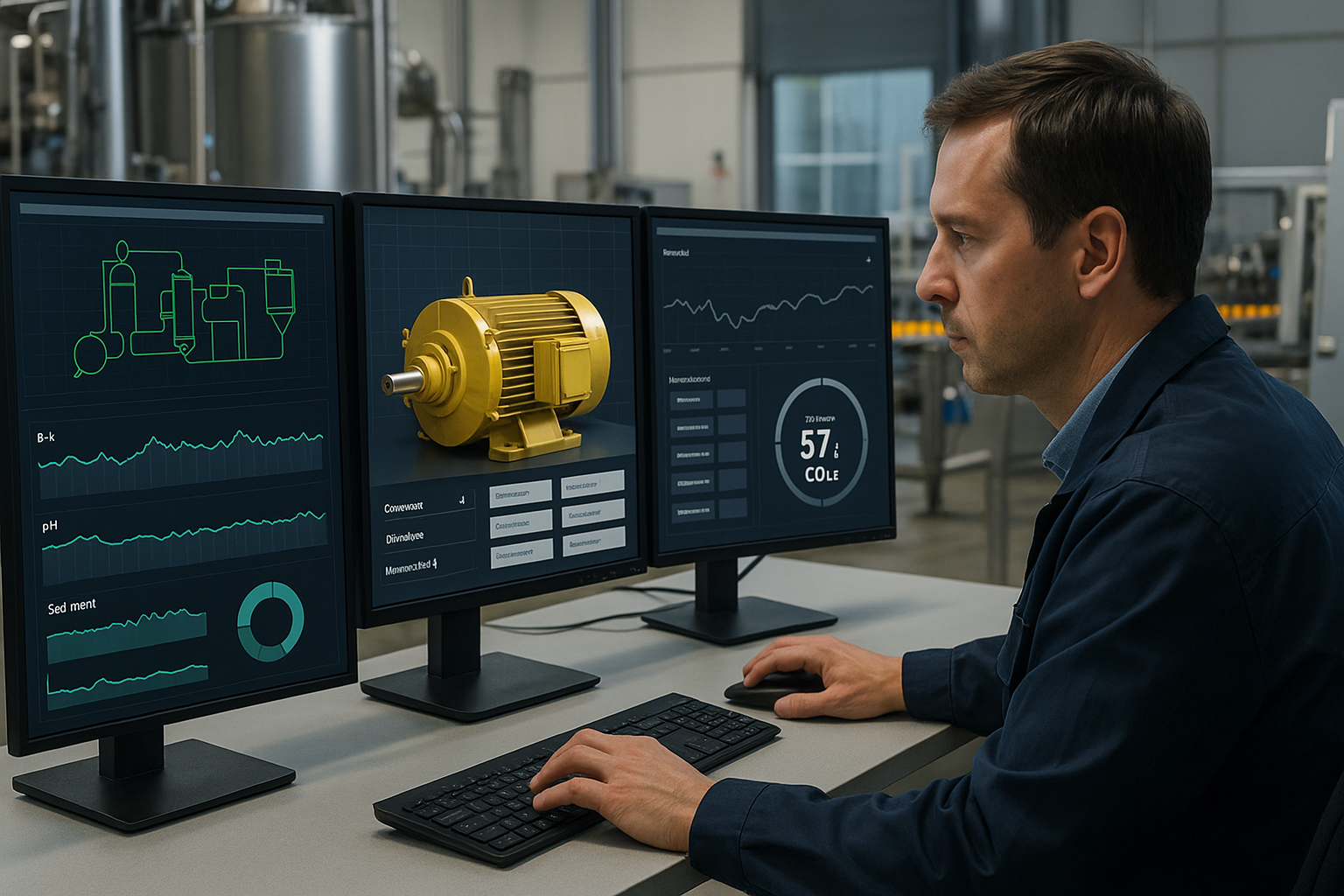AI-powered digital twin framework boosts sustainability in industrial supply chains
The study places digital twins as essential tools in achieving the circular economy vision now central to EU and global sustainability strategies. By virtually replicating physical systems, digital twins enable companies to optimize material use, reduce waste, extend asset life through predictive maintenance, and track end-of-life components for recycling.

Researchers have unveiled a powerful new AI-powered analytics framework that transforms digital twins from passive monitors into real-time decision engines, offering manufacturers unprecedented control over sustainability, efficiency, and operational risk.
The study, titled “Supply Chain Data Analytics for Digital Twins: A Comprehensive Framework” and published in Applied Sciences, presents a scalable, modular, and secure architecture designed to embed advanced analytics into digital twin systems used across industrial supply chains.
How can digital twins advance circular economy goals?
The study places digital twins as essential tools in achieving the circular economy vision now central to EU and global sustainability strategies. By virtually replicating physical systems, digital twins enable companies to optimize material use, reduce waste, extend asset life through predictive maintenance, and track end-of-life components for recycling.
Digital twins, once limited to simulation models, have evolved into dynamic systems capable of two-way interaction between physical and digital assets. The introduction of Cognitive Digital Twins (CDTs), enhanced by machine learning and artificial intelligence, represents a leap forward. These systems not only mirror operations but also analyze data in real-time and propose adjustments. When scaled to supply chains, this becomes a networked infrastructure called Supply Chain Cognitive Digital Twins (SC-CDTs), allowing multiple actors to share insights and jointly manage sustainability performance.
This shift is particularly impactful in high-stakes industrial ecosystems such as manufacturing, energy, and electronics recycling. The study demonstrates that analytics-infused digital twins can deliver actionable insights ranging from asset health monitoring to real-time fault detection and carbon footprint tracking.
What makes the proposed analytics framework unique?
The authors introduce a comprehensive analytics architecture that embeds an intelligent layer within existing digital twin ecosystems. Unlike typical commercial solutions that may be siloed or monolithic, this framework emphasizes interoperability, modularity, and platform-agnostic deployment.
Key components include secure data exchange via standardized international data spaces, containerized microservices for scalability, and semantic data models for interoperability. The system incorporates a dedicated analytics engine capable of real-time data ingestion, transformation, cataloging, and prescriptive analytics delivery.
User-centric design is another pillar. Dedicated dashboards and interfaces allow factory engineers and system administrators to visualize anomalies, simulate process changes, and perform lifecycle assessments. These capabilities are crucial in ensuring the framework’s utility in dynamic industrial settings, where decision-makers need fast, transparent insights.
The framework also supports integration with third-party services. It incorporates lifecycle assessment tools to measure the environmental impact of factory processes and process simulation systems that evaluate operational changes before they are implemented. This ensures that any process modification can be simulated for impact on energy use, emissions, and throughput before deployment.
Notably, the framework supports synthetic time-series data generation, enabling testing and evaluation in absence of complete datasets, a frequent challenge in new digital twin rollouts. It also includes anomaly detection using autoencoders, and forecasting models trained on factory-specific datasets.
What do the real-world case studies reveal?
To validate the framework’s real-world relevance, the researchers deployed it in two industrial environments: a citrus-processing factory in Greece and a magnet recycling supply chain in Spain.
In the Greek pilot, the analytics platform was linked to the digital twin of a juice factory processing oranges. Focused on a high-energy component, the decanter used to extract molasses, the system monitored parameters such as pH levels, sugar content (Brix), and sediment pulp percentage. When anomalies like high sediment concentration were detected, the system issued real-time alerts, enabling production engineers to simulate parameter changes and adjust operations to preserve quality and reduce waste.
Through its integrated dashboards, the factory team could assess not just current metrics but also historical trends and carbon footprint projections. This enabled them to iteratively improve their sustainability performance while maintaining product quality.
The Spanish pilot focused on the recovery and recycling of permanent magnets from electronic waste. The framework was deployed across a supply chain involving three distinct organizations: a recycler, a lab for magnet reprocessing, and a magnet manufacturer. Using analytics tools, the partners could estimate energy usage for different recycling paths and evaluate the effect of process changes on magnet quality.
For instance, by combining energy consumption data with machine learning models predicting magnetic properties, the partners were able to selectively bypass energy-intensive steps like milling or thermal treatment when they were unlikely to significantly enhance the end-product. This data-driven decision support reduced energy waste and optimized throughput.
Both pilots confirmed that the analytics framework successfully expanded the capabilities of pre-existing digital twins, providing real-time intelligence without disrupting operational continuity.
- READ MORE ON:
- AI in supply chain management
- digital twin analytics
- sustainable manufacturing technology
- industrial digital twins
- AI-powered supply chain solutions
- how digital twins improve sustainability in factories
- digital twin architecture for circular economy
- industrial IoT and digital twin integration
- secure data exchange in smart factories
- FIRST PUBLISHED IN:
- Devdiscourse










